Once a mountainous border district of Ha Giang province with 60% of poor households, in recent years, thanks to the application of the community tourism development model associated with hunger eradication and poverty reduction for ethnic minority communities, the lives of Meo Vac people have changed significantly.
Although it is only March, up to this point, Meo Vac has welcomed a large number of tourists, both domestic and international, visiting famous tourist destinations such as Ma Pi Leng Pass, Tu San Canyon, Nho Que River, Khau Vai Love Market, etc. In the first 3 months of the year alone, the number of tourists coming to this remote district of Ha Giang province has increased by 180% compared to the same period last year.
These days, many roads leading to the ethnic cultural villages of Meo Vac district are always crowded with large and small tourist vehicles. The number of tourists flocking here every weekend is up to hundreds of people, many people have to book a long time in advance to get a place.
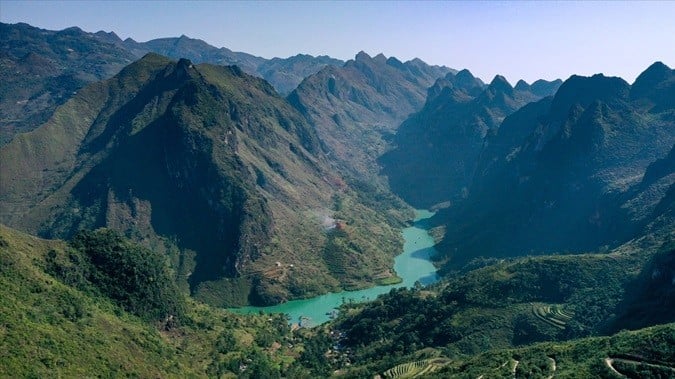 |
| A corner of Nho Que River (Meo Vac district, Ha Giang province) seen from above. (Photo: Hong Chau) |
The attraction of community tourism model
Since the Politburo issued Resolution No. 08-NQ/TW on developing tourism into a spearhead economic sector, many localities, including Meo Vac district, have begun to research and implement community tourism models to improve socio-economic life and create livelihoods for people.
Currently, Meo Vac district has 5 community cultural tourism villages: Mong ethnic community cultural tourism village (Pa Vi Ha village, Pa Vi commune), Lo Lo ethnic community cultural tourism village (Sang Pa A village, Meo Vac town), Giay ethnic community cultural tourism village (Tat Nga village, Tat Nga commune), Tay ethnic community cultural tourism village (Niem Son commune), Nung ethnic community cultural tourism village (Khau Vai village, Khau Vai commune).
Located peacefully at the foot of Ma Pi Leng Pass, Pa Vi Ha Community Cultural Tourism Village (Pa Vi Commune, Meo Vac District) is like a brilliant flower with poetic scenery at the northernmost point of the country. Home to 26 Mong ethnic households with a space rich in cultural identity, since 2019, the village has been officially licensed to operate homestay services, welcoming tourists.
Mr. Tho Mi Po - Head of Pa Vi Ha village said that before the community tourism model, the Mong people here mainly grew corn and raised small livestock. Their lives were extremely difficult and deprived, often lacking water and electricity for daily life and production.
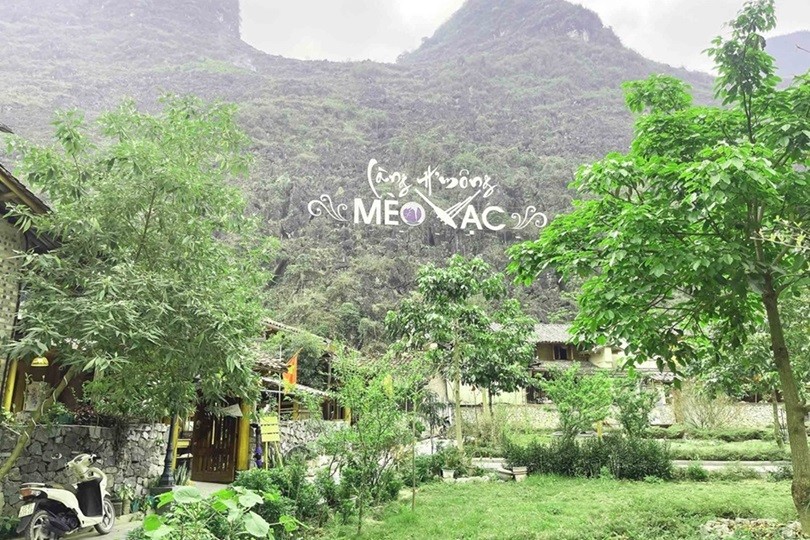 |
| Mong ethnic community cultural tourism village (Pa Vi Ha village, Pa Vi commune). (Photo: Hong Chau) |
“Initially, when mobilizing people to participate in implementing the community tourism village model, the commune and village authorities encountered many difficulties because most of them were ethnic minorities with limited knowledge. However, after a period of persistent persuasion to help people clearly see the benefits of the model, many people agreed to join hands with the authorities to build it,” Mr. Po informed.
Following her husband to Meo Vac to live 15 years ago, seeing the number of tourists coming to Ha Giang increase significantly, Ms. Hoang Thi Hien, owner of Pa Vi Homestay, discussed with her family to invest and run a homestay at the Mong ethnic community cultural tourism village (Pa Vi Ha village, Pa Vi commune).
Due to the high investment cost of construction, the family was hesitant at first, but seeing the potential and prospects of this model, Ms. Hien's family boldly borrowed money from the bank to implement it. After a few years of doing homestay, Ms. Hien's family's life has improved significantly, with monthly income reaching 30-40 million VND, many times higher than previous agricultural activities. Not only improving the family's life, Ms. Hien's homestay also contributes to creating jobs for young local workers. Currently, the homestay has 3-5 regular and seasonal workers, with an income of 5-7 million VND/month/person.
“When it first started operating, homestay businesses were quite bewildered, from operating facilities to providing services. However, with the advice and suggestions of the district government and local people, we gradually improved to best meet the needs of tourists. After 2 years of Covid-19, our homestay welcomed a fairly stable number of guests and increased every year. On average, Pa Vi Homestay welcomes more than 20 guests per day, especially increasing sharply on weekends. On holidays, if tourists do not book in advance, there will be no rooms available,” said Ms. Hien.
According to Ms. Hien, since Meo Vac district widely implemented the community tourism model, homestay owners have been regularly given opportunities by the commune and district authorities to participate in training courses on tourism and reception services; and to visit and learn from experiences at community tourism destinations in many provinces and cities such as Hoa Binh, Son La, Moc Chau, etc.
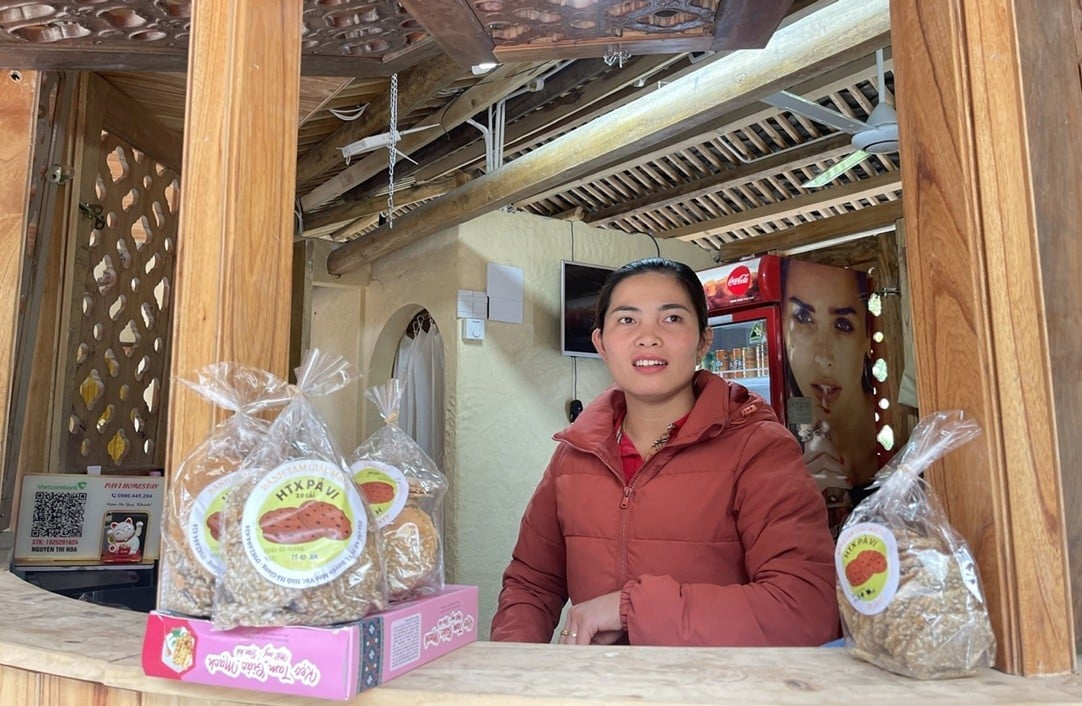 |
| Ms. Hoang Thi Hien, owner of Pa Vi Homestay at the Mong ethnic community cultural tourism village. (Photo: Hong Chau) |
Quickly grasping technology and the popularity of social networks, especially through popular travel booking applications such as Agoda, Booking... many homestay owners in the village have easier access to international guests, especially domestic guests who are young people who love to explore indigenous culture and highland scenery.
Ha Thu Thao (24 years old, Hanoi) decided to choose the Mong ethnic community cultural tourism village instead of booking a room at a hotel in Meo Vac town because she wanted to experience the life of the ethnic people here.
“During my 3-day stay here, I had very memorable memories when I enjoyed special ethnic dishes; participated in folk games such as pao throwing, shuttlecock kicking, seesaw, swinging...; and immersed myself in the folk songs of the Mong people,” Thao excitedly shared.
Linking traditional cultural preservation with sustainable development
Speaking with TG&VN , Mr. Ngo Manh Cuong, Vice Chairman of the People's Committee of Meo Vac district, Ha Giang province, said that Meo Vac district consists of 18 communes and towns with 199 villages and residential groups, 17 ethnic groups living together, more than 17,200 households, of which the Mong ethnic community accounts for 78%. As one of the four districts located in the Global Geopark area, Dong Van Stone Park is recognized by the United Nations Educational, Scientific and Cultural Organization (UNESCO), Meo Vac identifies the preservation and maintenance of traditional culture as well as the development of community tourism as one of the key tasks.
“After the Covid-19 pandemic is controlled, in 2022-2023, the number of tourists to Meo Vac will increase dramatically, especially in early 2024. To date, Meo Vac has welcomed over 300,000 visitors, of which international visitors account for about 30%. Meo Vac aims to develop tourism but associated with preserving and maintaining traditional culture, sustainable development, friendly landscape, and strict management to avoid breaking the planning,” Mr. Cuong affirmed.
According to Mr. Ngo Manh Cuong, each cultural tourism village of each ethnic group has its own cultural identity, from costumes to dishes with unique characteristics. The implementation of community cultural tourism village models has brought economic value, created jobs, increased income for people, and sustainable poverty reduction for Meo Vac district.
In the coming time, based on the success of the Mong ethnic community cultural tourism village model in Pa Vi commune, the district will promote the construction of a Lo Lo community cultural tourism village right in Sang Pa A village, Meo Vac town to attract more tourists.
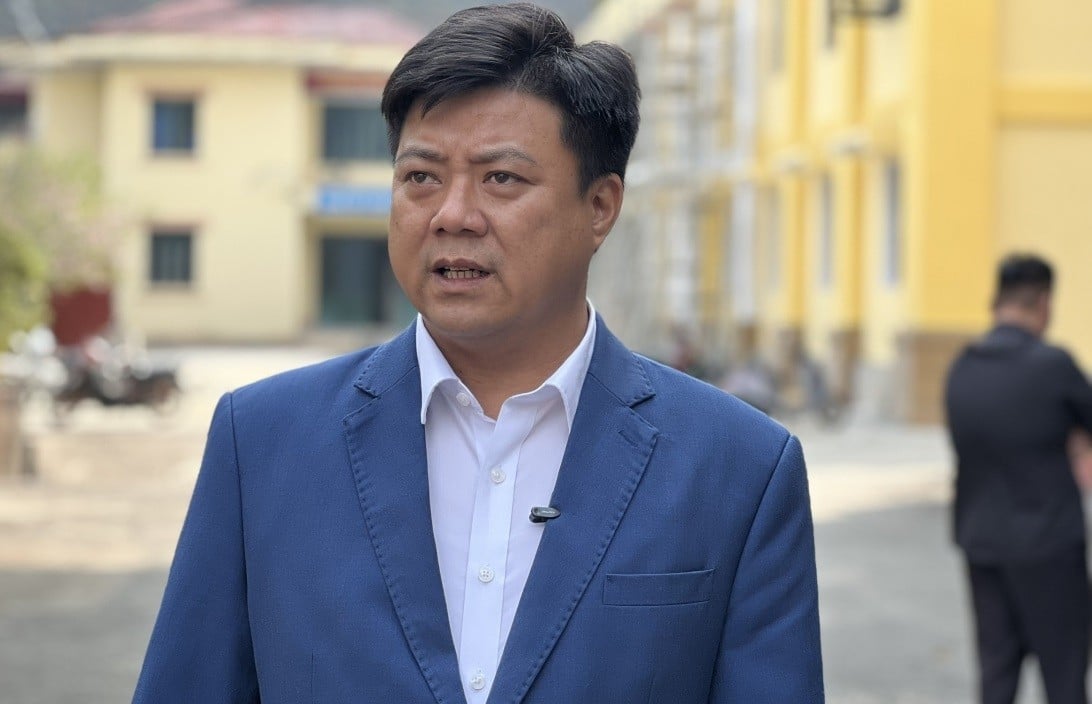 |
| Mr. Ngo Manh Cuong, Vice Chairman of Meo Vac District People's Committee, spoke to the press. (Photo: Giang Huong) |
“The Lo Lo people have their own unique identities that cannot be found anywhere else. In addition to their beautiful costumes, the Lo Lo people also work hard, sing well, and dance gracefully... They do everything well. The Lo Lo people are one of 16 ethnic groups with a population of less than 10,000 people, which needs to be preserved. When planning to build a cultural village for the Lo Lo people, we will also pay great attention to expressing their cultural identity. Such planning will create better infrastructure, welcome many visitors at the same time, and make it easier for vehicles to move around,” the Vice Chairman of the Meo Vac District People's Committee emphasized.
In addition to preserving and promoting traditional values, to increase the attraction and reputation of Meo Vac tourism in particular and Ha Giang province in general, the district government also determined that coming to Meo Vac means coming to green tourism, friendly tourism, limiting and strictly handling cases of overcharging tourists, causing negative reactions to tourists.
“In coordination with the police force, the district and commune People's Committees regularly inspect, remind and discipline restaurants and accommodation establishments that show signs of overcharging and unusual price increases, especially during holidays and Tet, with the common goal of creating the best impression for tourists when coming to Meo Vac, Ha Giang,” Mr. Cuong informed.
Despite many difficulties, with the determination and consensus of the government and people in developing and expanding the community tourism model, in the coming time, Meo Vac district hopes to put on many "new coats", becoming a red address for tourism not only in Ha Giang province but also in the whole country.
Source



![[Photo] Closing of the 4th Summit of the Partnership for Green Growth and the Global Goals](https://vstatic.vietnam.vn/vietnam/resource/IMAGE/2025/4/17/c0a0df9852c84e58be0a8b939189c85a)
![[Photo] National Assembly Chairman Tran Thanh Man meets with outstanding workers in the oil and gas industry](https://vstatic.vietnam.vn/vietnam/resource/IMAGE/2025/4/17/1d0de4026b75434ab34279624db7ee4a)
![[Photo] General Secretary To Lam receives French Ambassador to Vietnam Olivier Brochet](https://vstatic.vietnam.vn/vietnam/resource/IMAGE/2025/4/17/49224f0f12e84b66a73b17eb251f7278)
![[Photo] Nhan Dan Newspaper announces the project "Love Vietnam so much"](https://vstatic.vietnam.vn/vietnam/resource/IMAGE/2025/4/17/362f882012d3432783fc92fab1b3e980)
![[Photo] Promoting friendship, solidarity and cooperation between the armies and people of the two countries](https://vstatic.vietnam.vn/vietnam/resource/IMAGE/2025/4/17/0c4d087864f14092aed77252590b6bae)
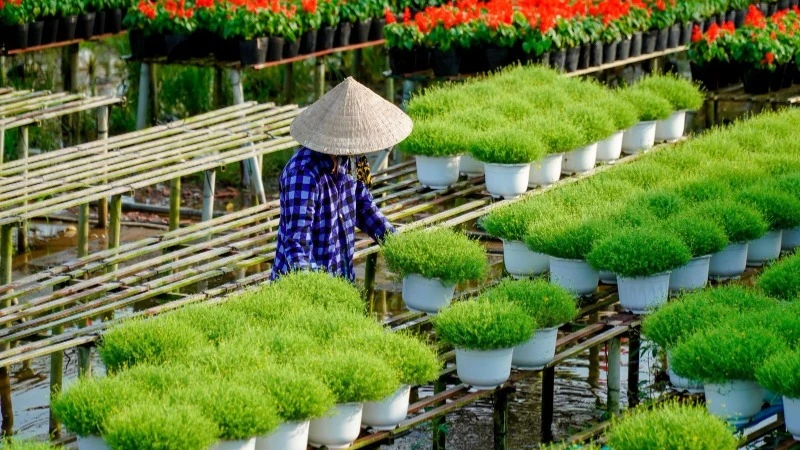

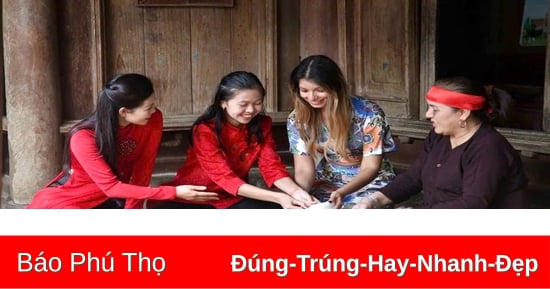

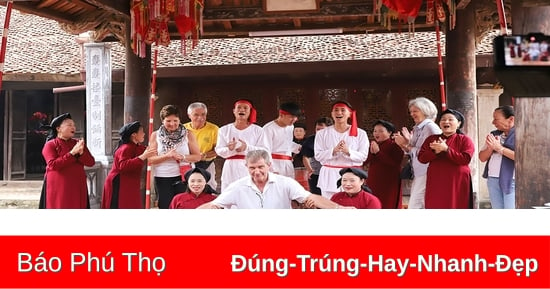
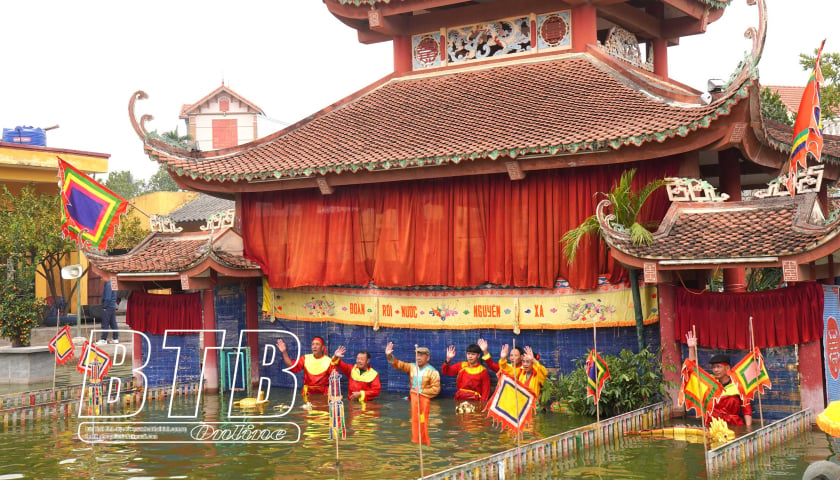

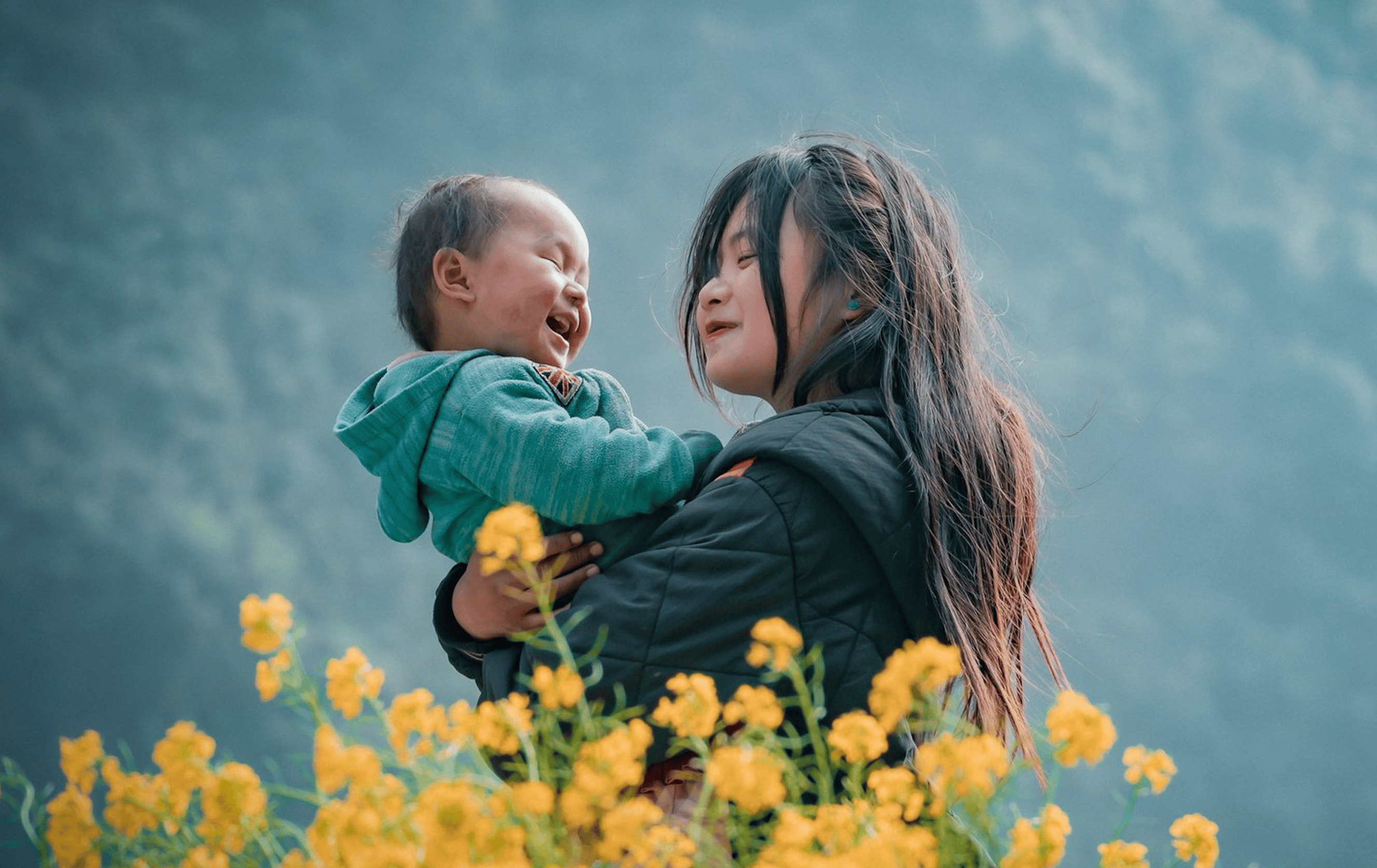

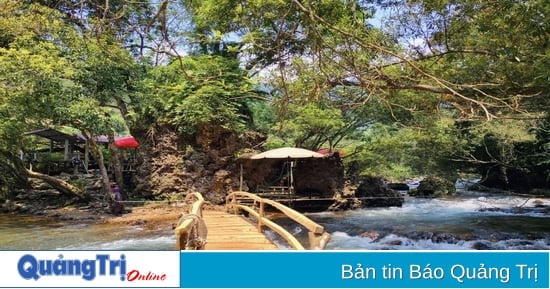

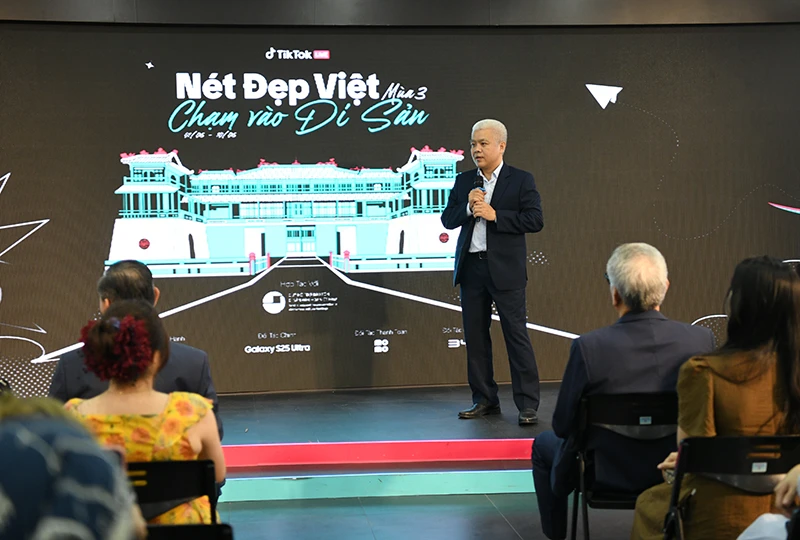
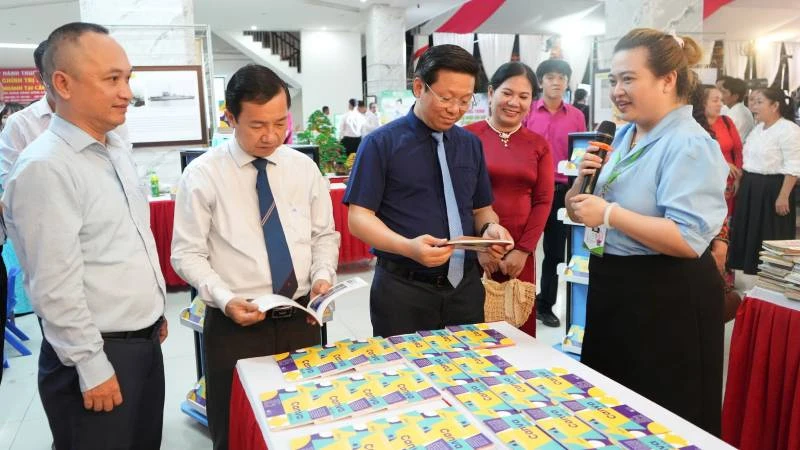



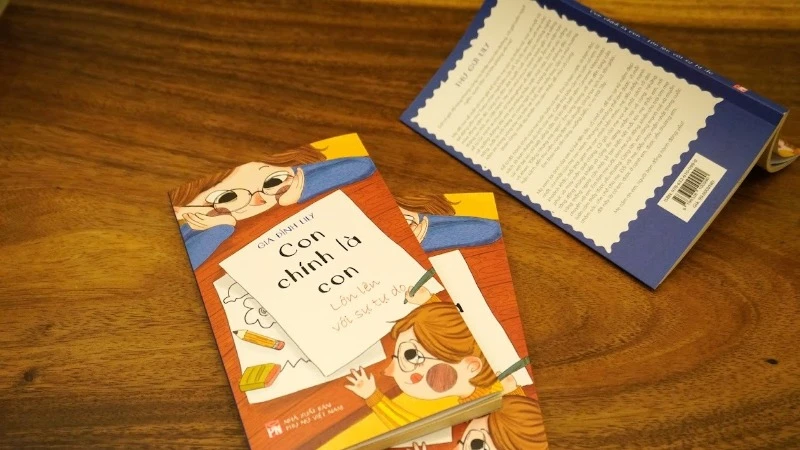




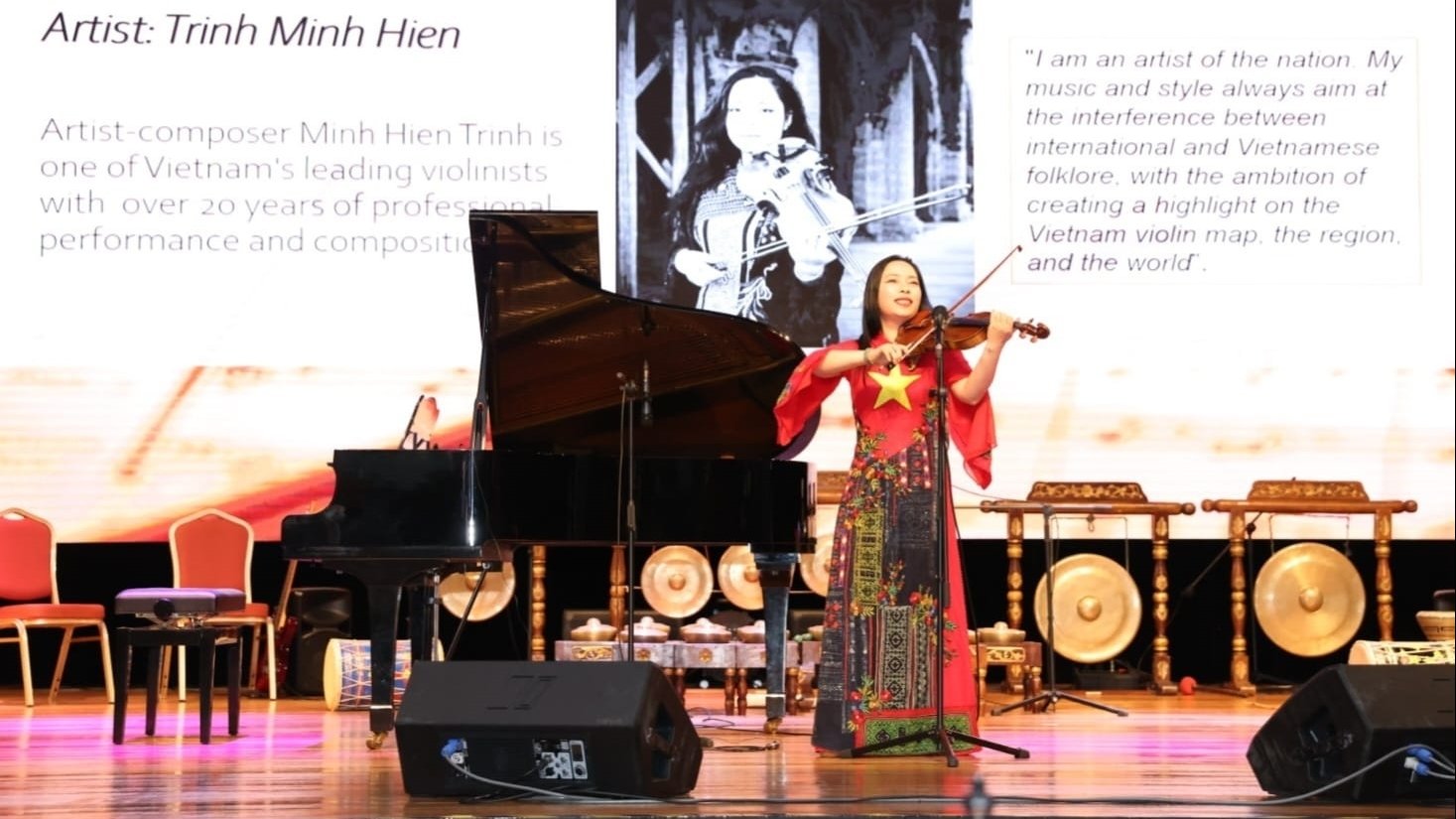
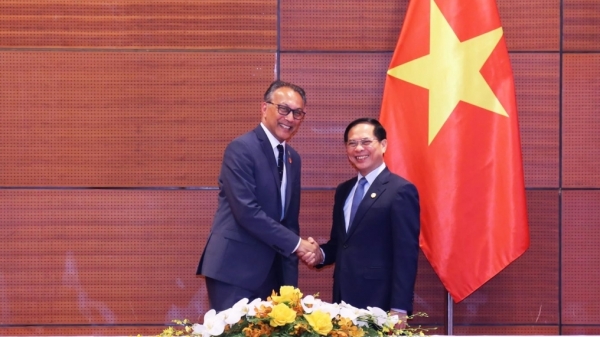
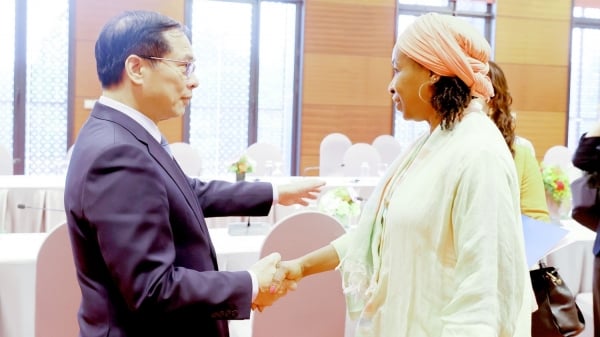

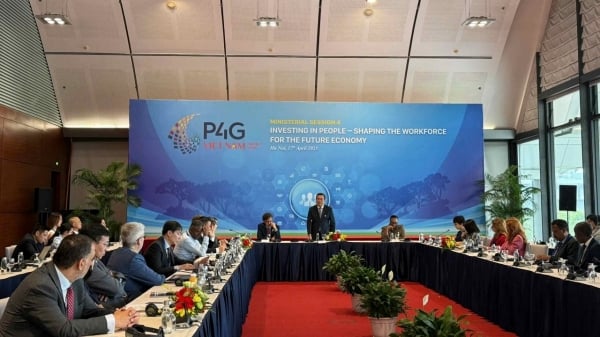

![[Photo] Welcoming ceremony for Chinese Defense Minister and delegation for friendship exchange](https://vstatic.vietnam.vn/vietnam/resource/IMAGE/2025/4/17/fadd533046594e5cacbb28de4c4d5655)





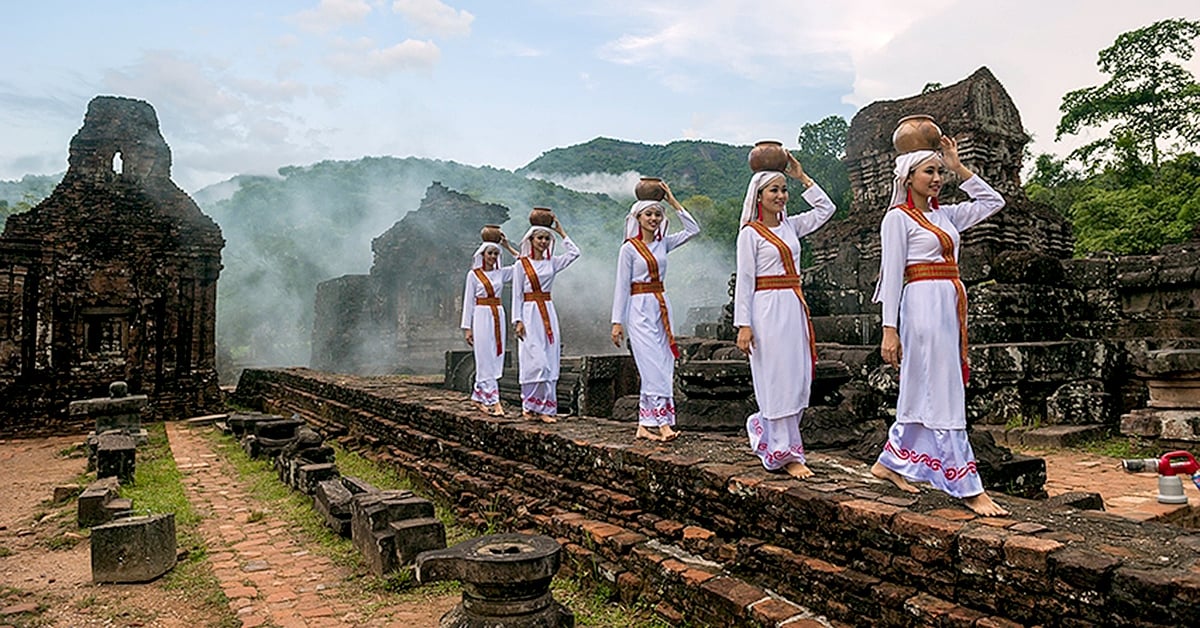




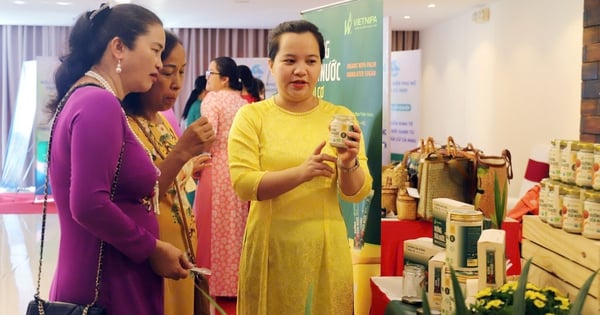







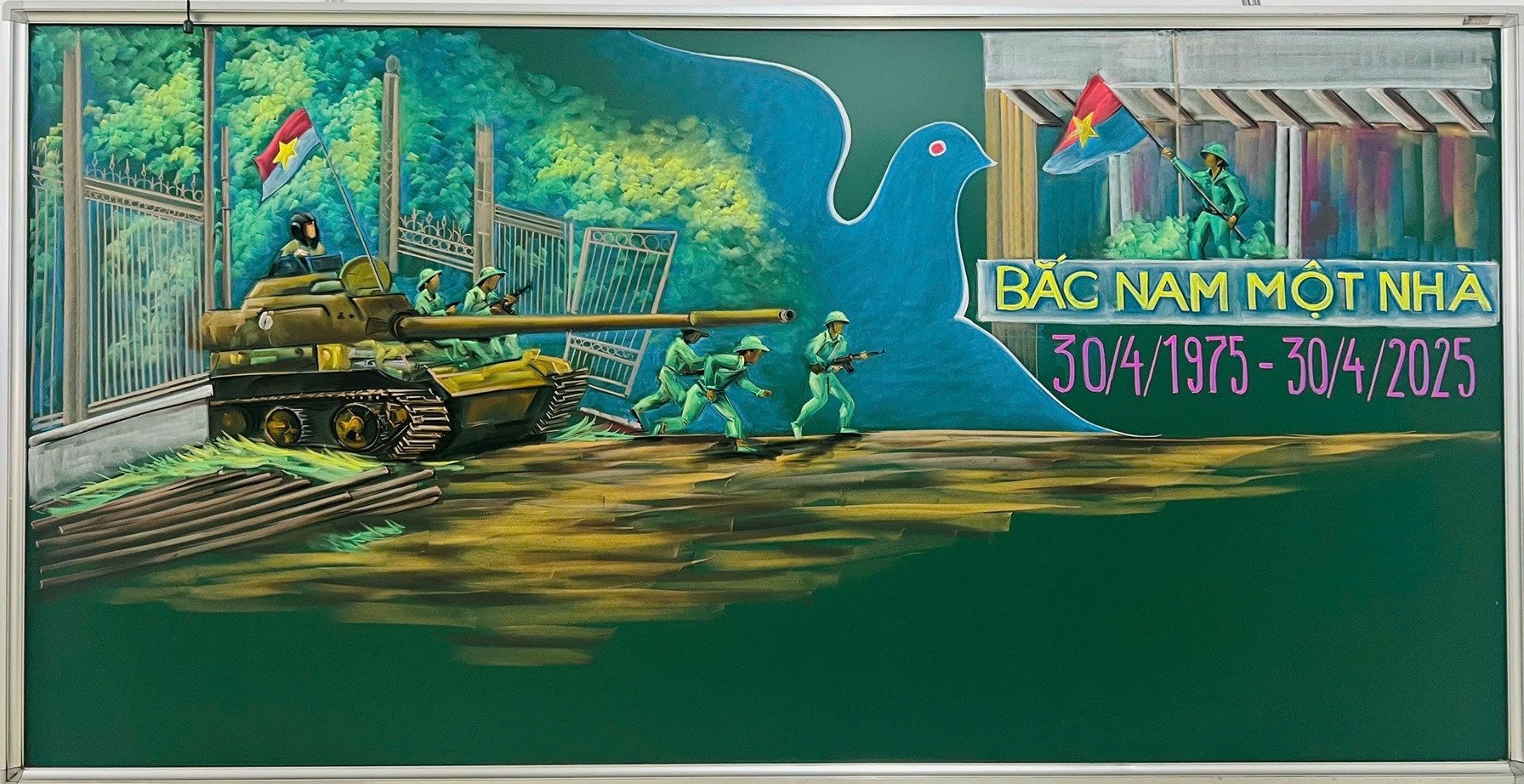
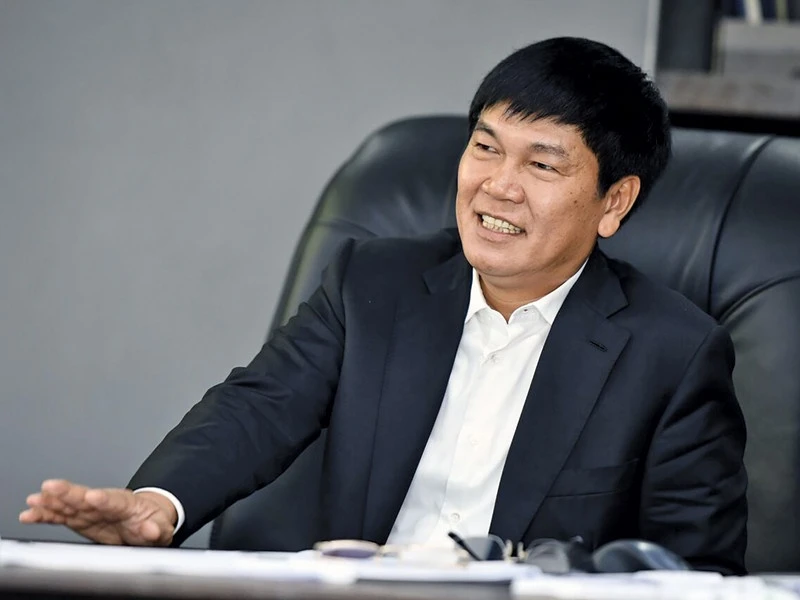

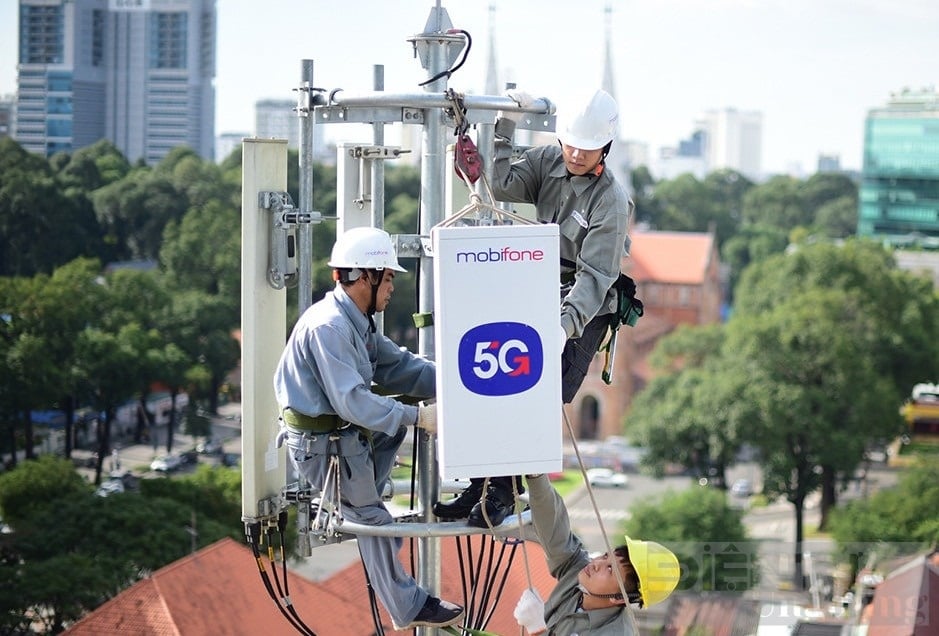

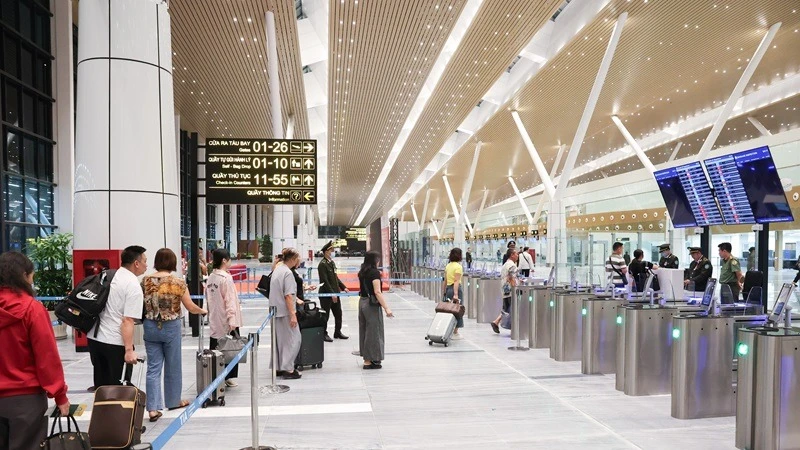
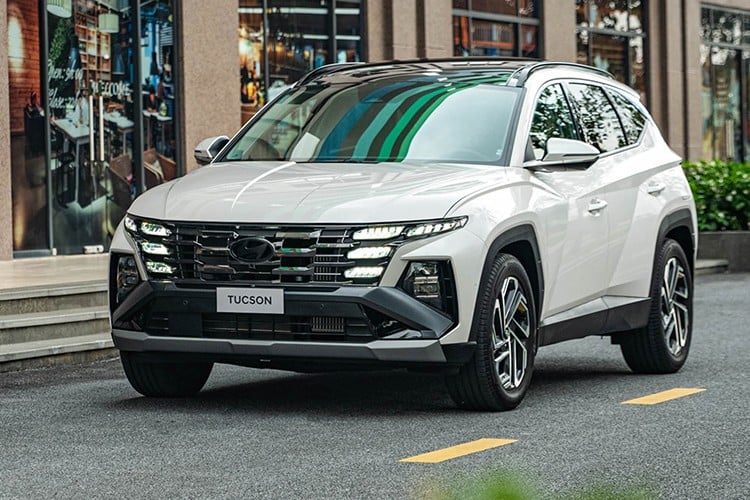

![[Video] Viettel officially puts into operation the largest submarine optical cable line in Vietnam](https://vstatic.vietnam.vn/vietnam/resource/IMAGE/2025/4/17/f19008c6010c4a538cc422cb791ca0a1)
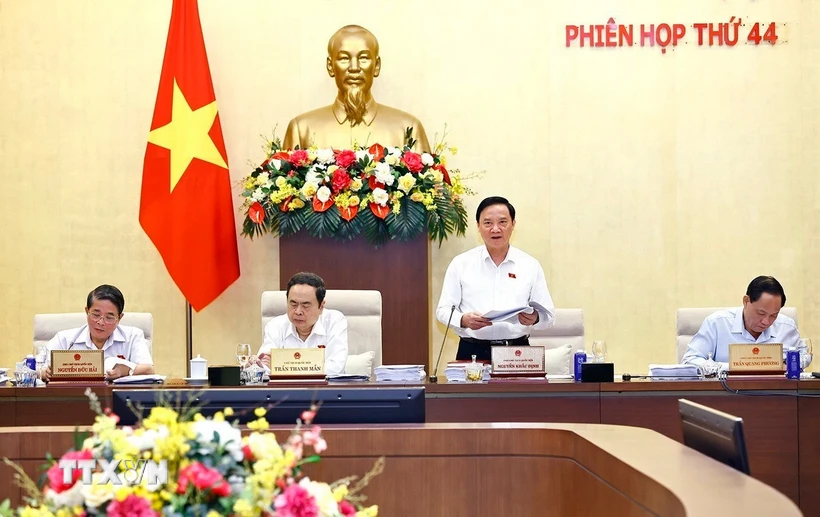
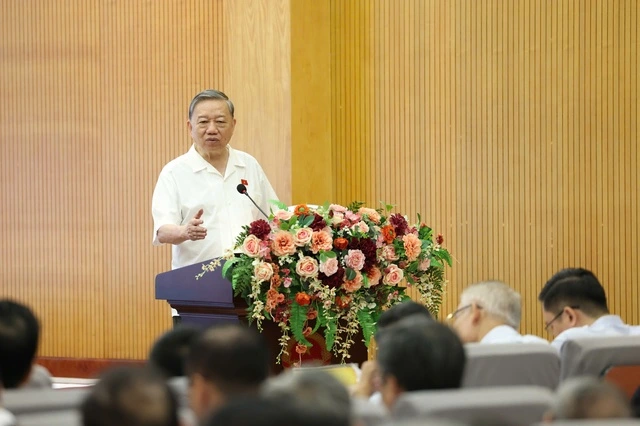

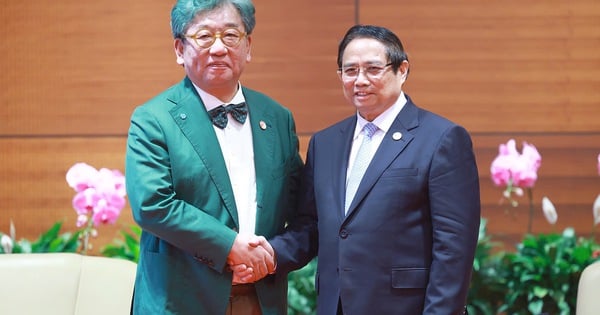

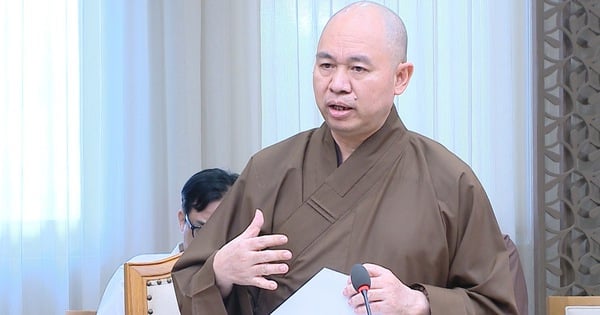
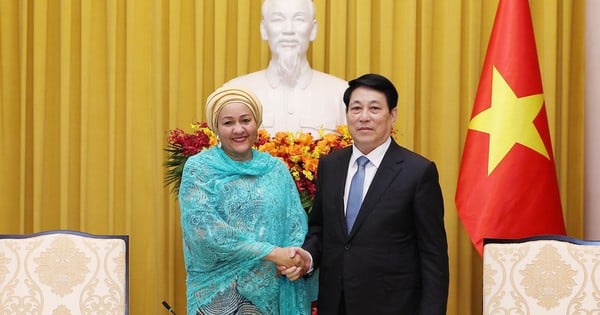
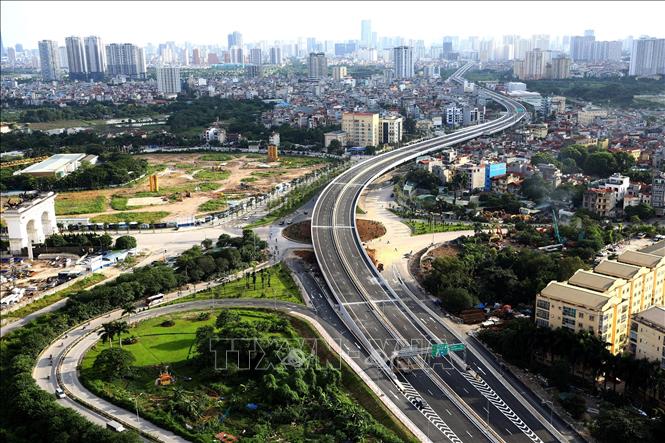



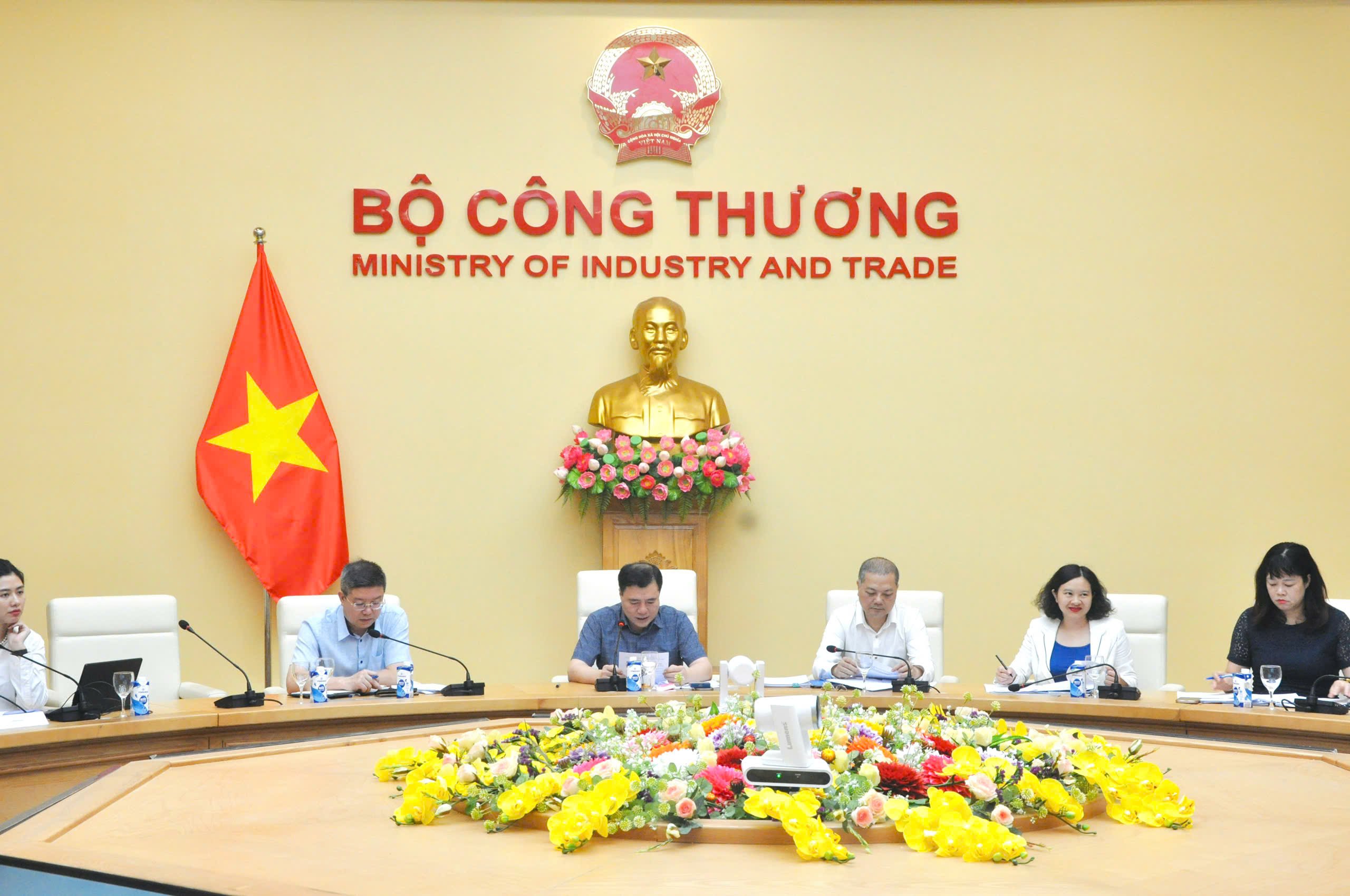

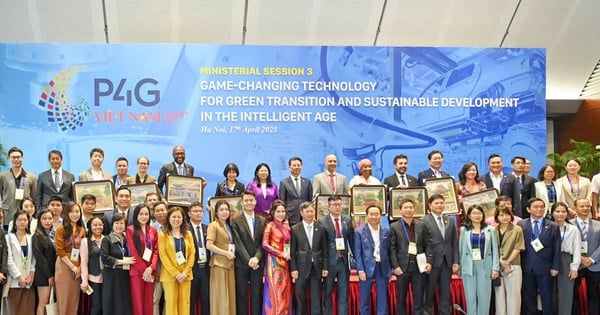



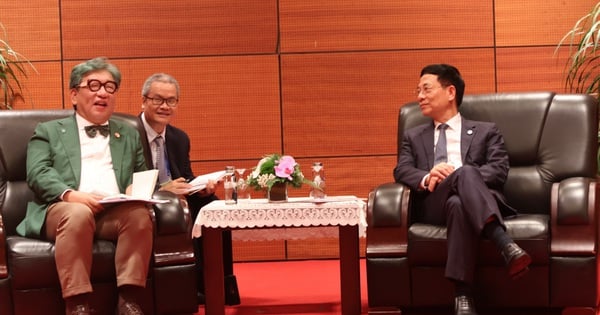


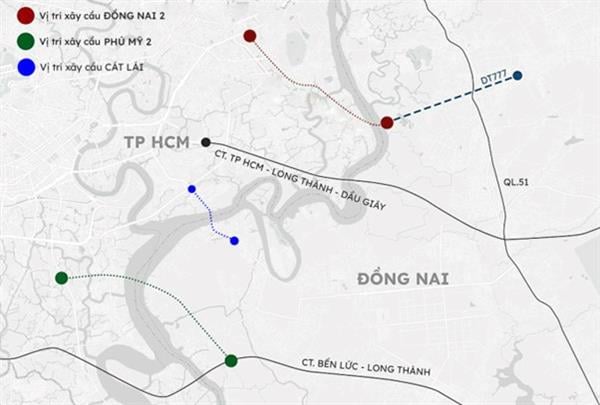


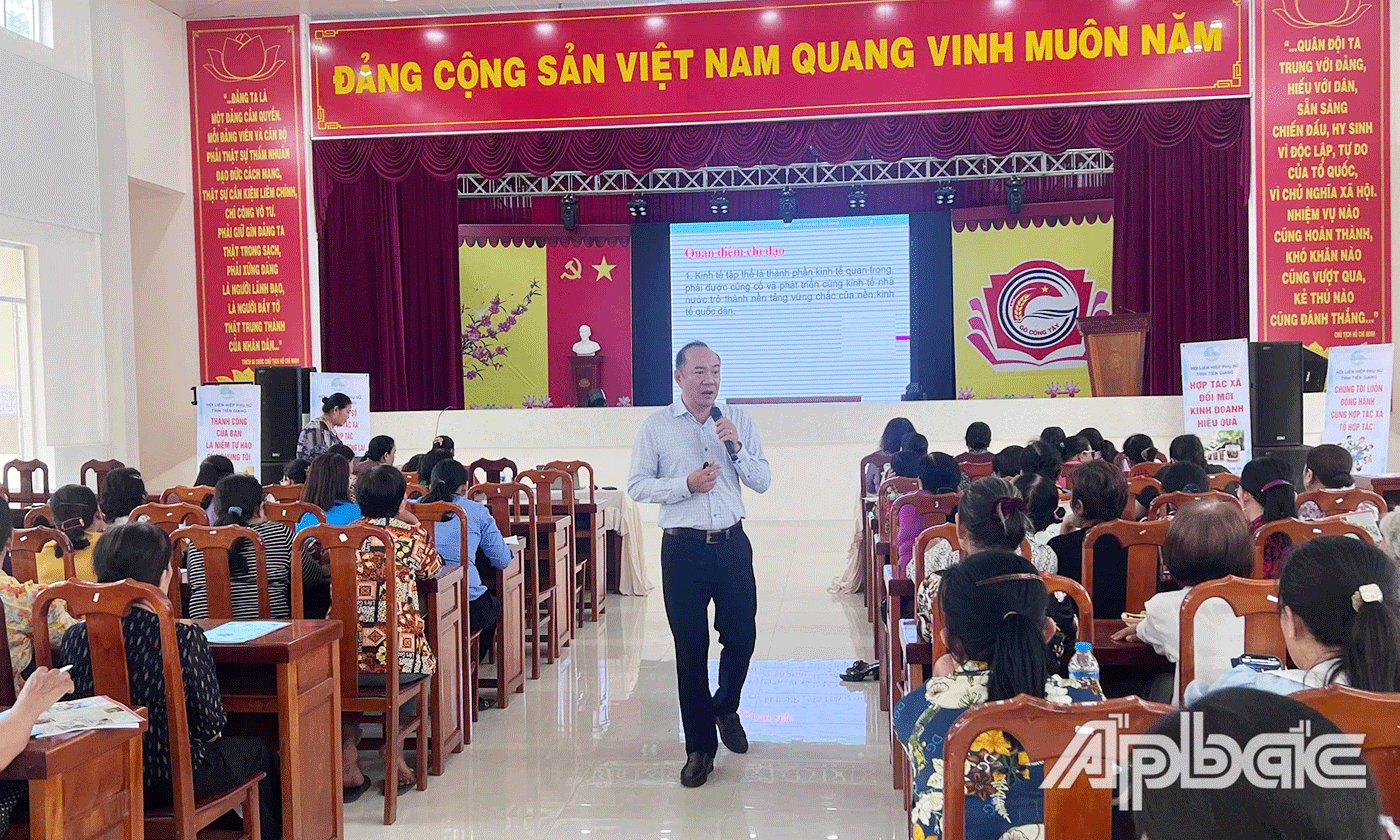

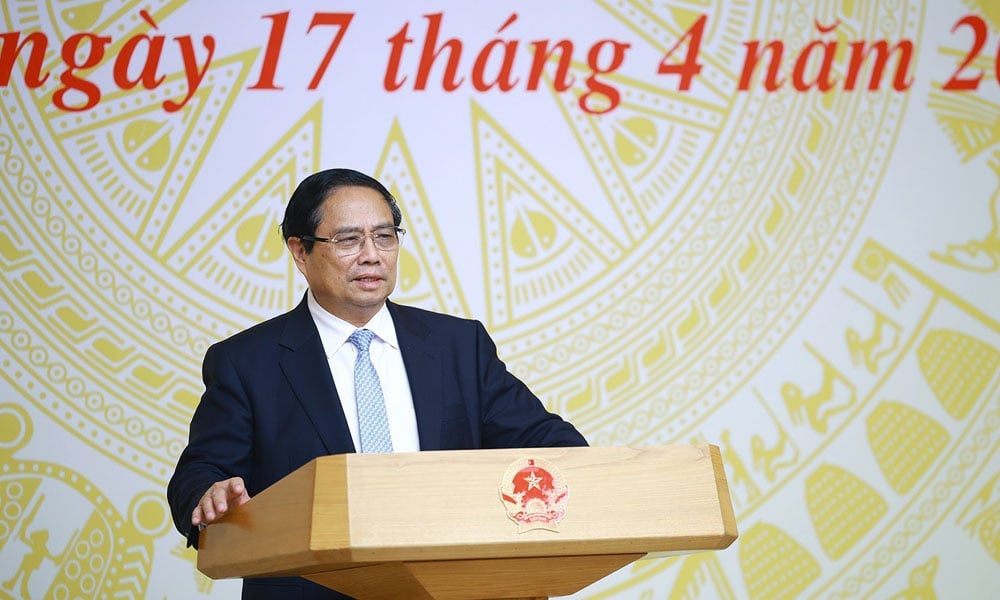

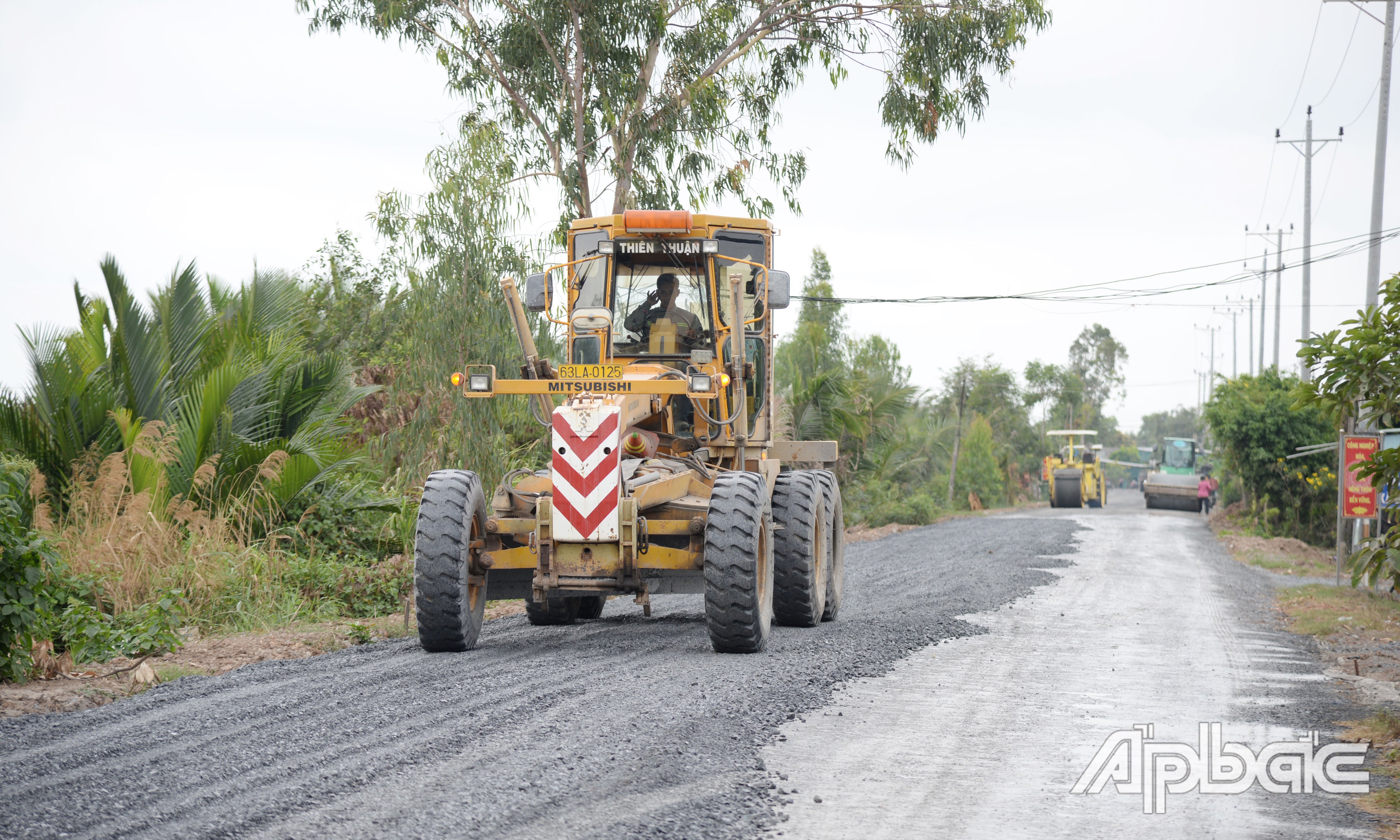
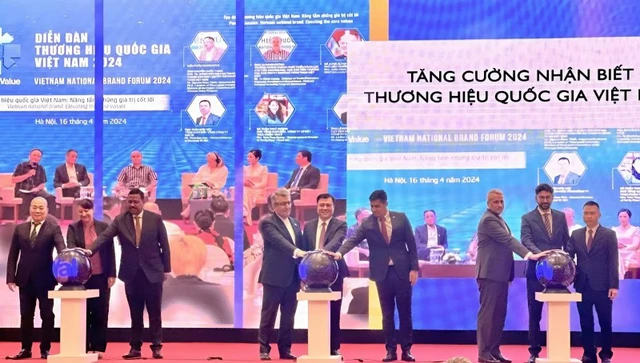

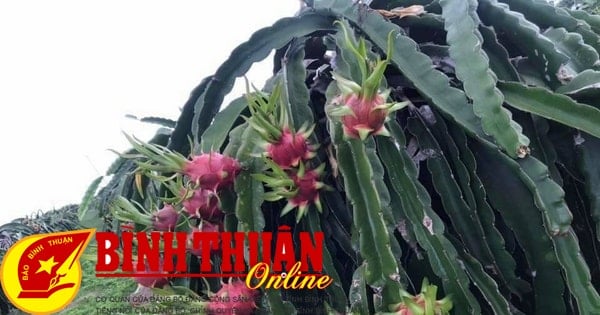

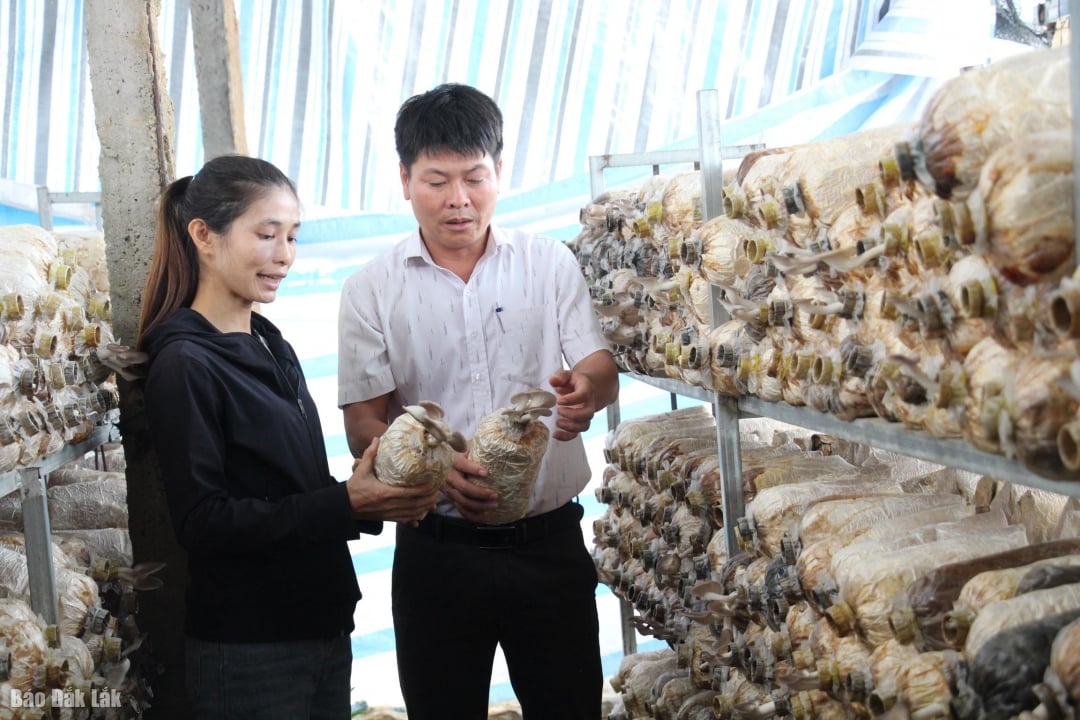

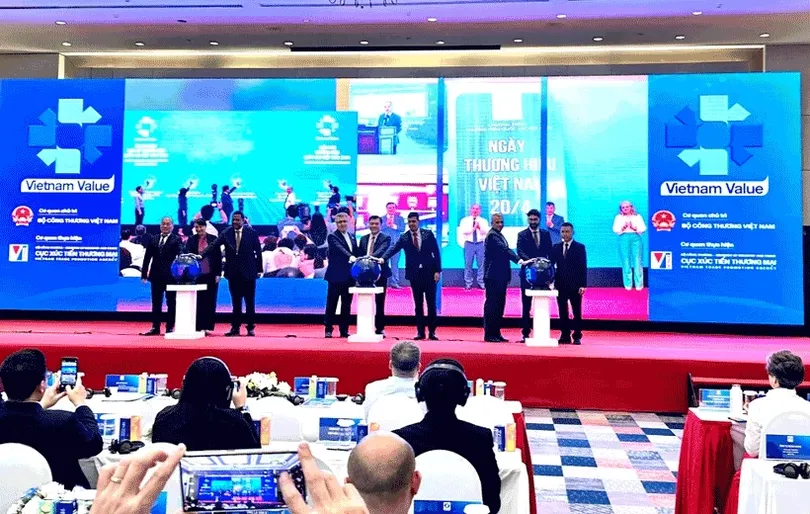




Comment (0)